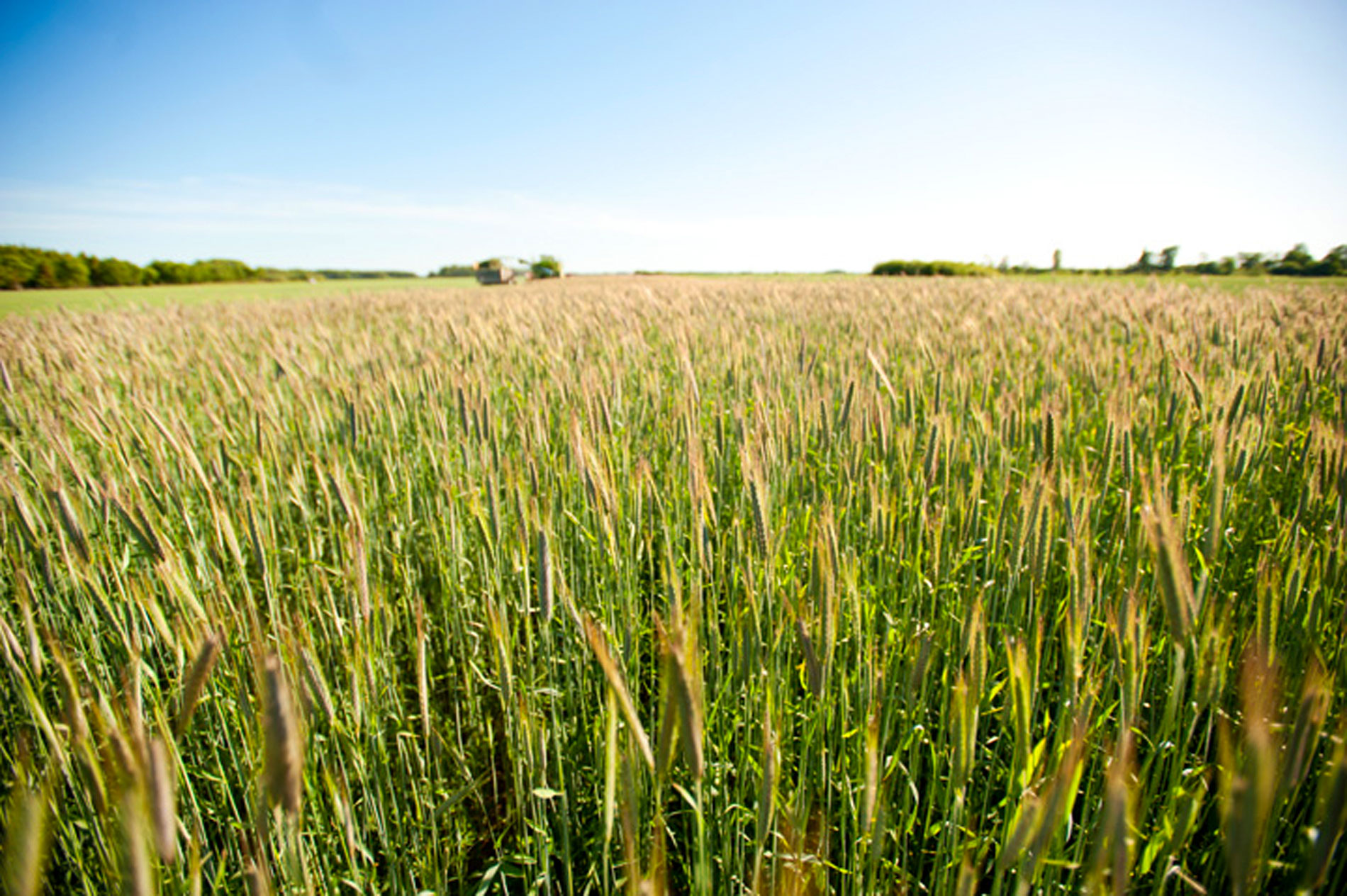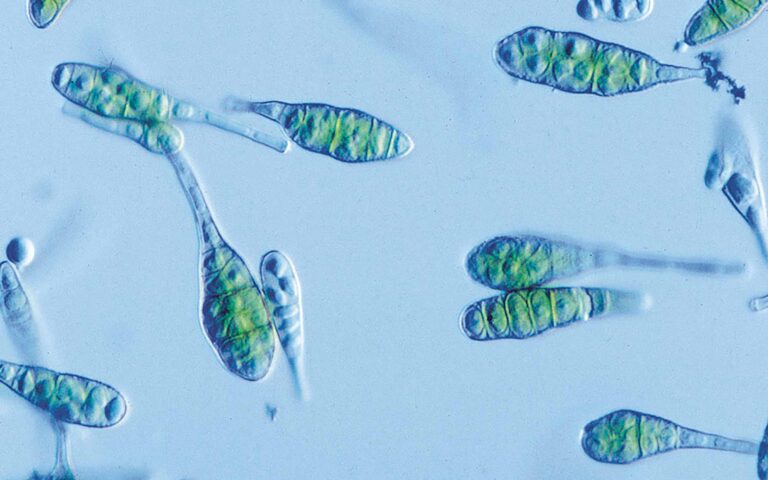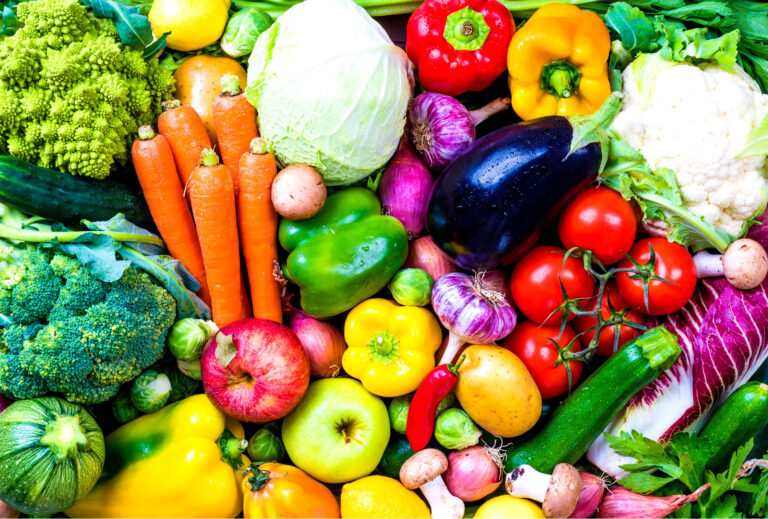Own cultivation
The flowers used for pollen production are either cultivated or collected from the wild. A majority of the plants that we cultivate is farmed near our headquarters in the south of Sweden. This is also where most of our teams of collectors are based during collection in the wild. The center for our collection of pollen in the US is located in the state of Missouri where we also have the capacity to carry out the first steps of purification.
Approved partners
In order to source pollen from almost anywhere in the world, we have established a vast network of approved partners. To ensure our quality standards, we regularly visit and audit our partners. In addition, all pollen batches must undergo final processing and quality control at our headquarters before release.
Good Agricultural and Collection Practice
Our cultivation and harvesting follows Good Agricultural and Collection Practice (GACP). A typical production starts by securing the fields, followed by controlling and sowing the seeds. During cultivation, the fields are regularly inspected by trained personnel, and when the blooming season is approaching, the inspection frequency increases.
Harvest
The harvest needs to be carried out at exact the right time; if the flowers are picked too early, many of the pollen grains may be immature, and if they are picked too late, there is a risk that pollen will be lost in the wind, both events resulting in a low production yield. Grasses are usually harvested by collecting the flower heads using a custom made combined harvester, whereas species collected in the wild usually are hand-picked. Collection of pollen from trees such as birch or alder requires sky-lifts to reach the high hanging male catkins.
Purification
After harvest, the flowers go through a number of purification steps to produce the final pollen allergen source material. The entire manufacturing process is long and requires rigorous planning; the lead time from securing the fields until final release of the pollen batch can be up to 18 months.





